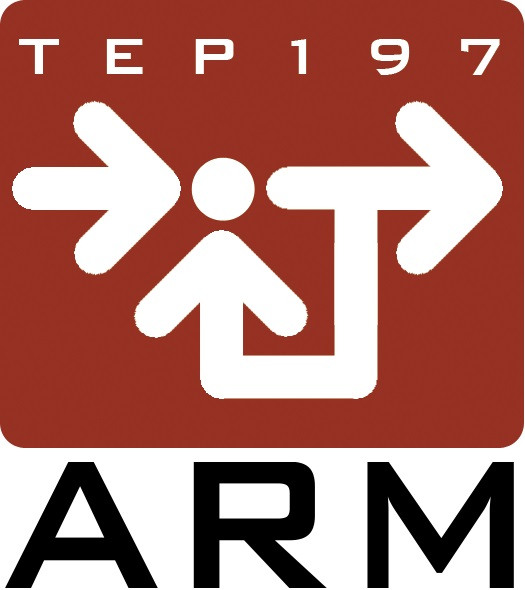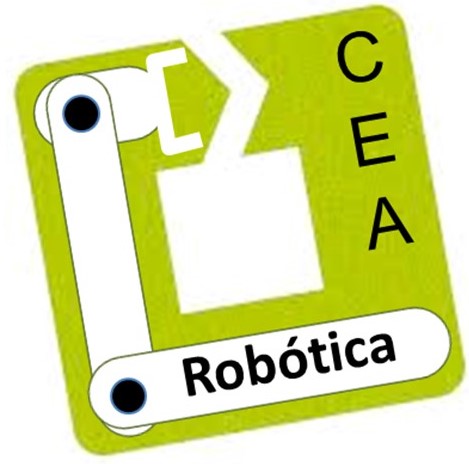
The research group “Automatic Control, Robotics and Mechatronics” (ARM, code TEP197 of the Andalusian R&D Plan) is composed by more than 20 researchers from University of Almería and Plataforma Solar de Almería (CIEMAT).The group is inscribed into the Solar Energy Research Center (CIESOL) and Agrifood Campus of International Excellence (ceiA3).The research lines of our group includes the application of modeling, automatic control and robotics techniques to energy efficiency in productive districts, comfort control in buildings, Agricultural under greenhouses, renewable energy, vehicle dynamics biotechnology and bioengineering, as well as innovative techniques in teaching control theory.
Entity type: Research Group of University/Research Centre/Public Research Organisation
Size: 11-50
Innovation group:
- Agriculture
- Healthcare
- Robot Companions for Assisted Living
State: Anadalucía
Country: España
Contact: Antonio Gimenez (agimfer@ual.es)
Web: https://arm.ual.es/arm-group/
Type of tecnology base of the institution activities
- Agriculture
- Healthcare
- Robot companions for assisted living
- Maintenance and Inspection
- Aerial Robotics
- Safety
- AI and Cognition
- Autonomous Navigation
- Mechatronics
- Software Engineering, Systems Integration and Systems Engineering
- Socially intelligent Robotcs and Societal Applications
- Cloud Robotics
- Education and training
Types of activities developed by the institution
- Robot programming (software development)
- Research and development projects
Project 1
Name: Analysis and evaluation of the phytosanitary application techniques in greenhouses. Reduction of environmental impact and technical-economic optimizationWeb: https://arm.ual.es/arm-group/projects/
Summary:
The application of phytosanitary products in horticultural crops under greenhouse is currently carried out by equipment and control criteria that give rise to low-efficiency treatments, characterized by significant losses on the soil and the lack of distribution uniformity. The need to practice a respectful agriculture with the environment and with the health, demands a rational use of the phytosanitary ware products. In this sense, the objectives of this project are intended, on the one hand, to characterize, from a technical and agronomic point of view, the most commonly used application equipment in greenhouses (spray guns, self-propelled equipment and fixed fogging installations) in order to optimize their operation allowing greater deposition in the leaves and reducing environmental risks. On the other hand, to develop a tool for practical use that allows calculating application doses based on the amount of vegetation to be treated
Funding source: Yes
Funded externally: Yes
Developed in consortium: No
Project 2
Name: Analysis, Development and Application of Variable Impedance Actuators for Service RobotsWeb: https://arm.ual.es/arm-group/projects/2012-mecanismos-de-impedancia-variable/
Summary:
One of the most serious security issues for collaborative work between robots and humans is the potential damage caused by unexpected collisions between them. Intrinsically-safe systems are a must in order to assure safety for both, the user and the robot, under the worst-case scenario of a total failure of the control subsystem. Thiswork contributes to the field of passive mechanical system safety. The proposed security system consists in a flexible linkage that splits a robot arm link in two parts. Such a linkage allows the link to remain completely rigid as long as a given torque threshold is not exceeded,with that threshold being configurable according toworking conditions and safety considerations.
Funding source: Yes
Funded externally: Yes
Developed in consortium: No
Project 3
Name: Bipedal robot with passive walk control techniquesWeb: https://arm.ual.es/arm-group/projects/2006-bipedo/
Funding source: Yes
Funded externally: Yes
Developed in consortium: Yes
Project 4
Name: MRPTWeb: https://arm.ual.es/arm-group/projects/2005-present-mrpt/
Summary:
Mobile Robot Programming Toolkit provides developers with portable and well-tested applications and libraries covering data structures and algorithms employed in common robotics research areas. It is open source, released under the BSD license.
Funding source: No
Funded externally: No
Developed in consortium: Yes
Project 5
Name: AGRICOBIOT (AGRIcultural COllaborative roBot inside the IOT)Summary:
This project aims to develop a collaborative autonomous platform that are able to assist operators in their daily work within a greenhouse using a commercial platform as a basis. This robot must be able to intelligently transport material within the greenhouse, between pre-defined stations and the human operator. Two very relevant tasks will be distinguished: the navigation of the robot within the greenhouse and the interaction with the human operator, so that workers can move freely close to the platforms minimizing the risks to the safety of human, robot and the crop itself.
Funding source: No
Funded externally: No
Developed in consortium: No
Project 6
Name: AGRICOBIOT II (AGRIcultural COllaborative roBot inside the IOT II)Summary:
This project aims to develop a multi-robot system composed of two collaborative autonomous platforms that are able to assist operators in their daily work within a greenhouse, allowing to maintain the traceability of the tasks performed by humans and robots, thus resulting in an improvement in terms of safety at work, food security and sustainability. An electromechanical design will be made to obtain a platform that fits better than commercial platforms to these tasks. Each robot must be able to intelligently transport material within the greenhouse, between pre-defined stations and the human operator, and to work close to the human operator in a safe way.
Funding source: No
Funded externally: No
Developed in consortium: No

